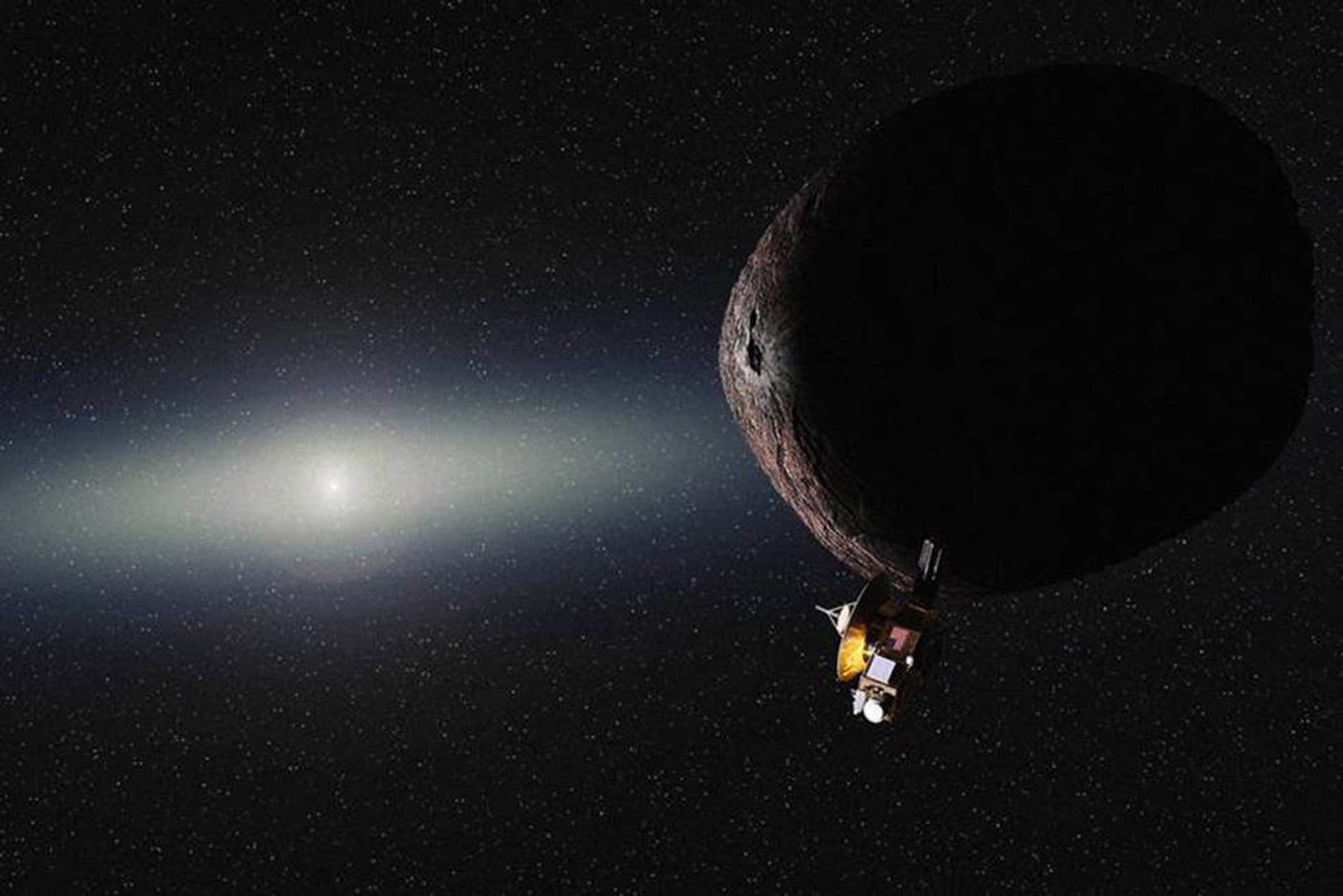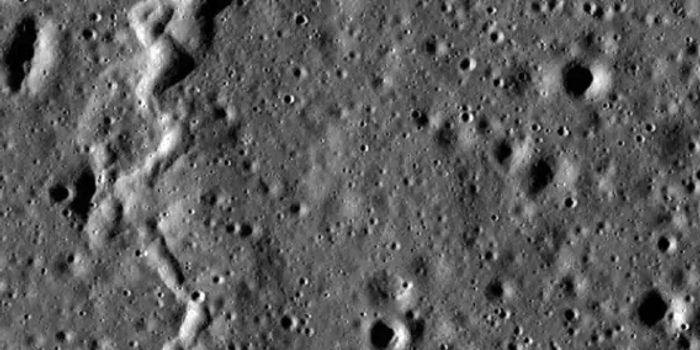New Horizons Wakes Up From Low-Power State to Prep for Upcoming KBO Encounter
NASA’s Pluto-visiting New Horizons spacecraft has finally woken up after being in a low power mode-like state since December 21st of last year.
Citing a statement released by the space agency, the spacecraft is waking up to prepare itself for an upcoming mission called Ultima Thule, in which it will fly past an icy Kuiper Belt Object (KBO) called 2014 MU69 and snap a few pictures along the way.
Image Credit: NASA
Engineers at NASA confirmed that the New Horizons spacecraft was back online and fully-operational on Tuesday, June 5th after the probe sent discernable radio signals to Earth.
But just because New Horizons said “good morning” doesn’t mean that it’s ready for business; NASA plans to move forward with software updates and hardware checks before sending the spacecraft on its way to carry out marching orders.
"Our team is already deep into planning and simulations of our upcoming flyby of Ultima Thule and excited that New Horizons is now back in an active state to ready the bird for flyby operations, which will begin in late August," said mission Principal Investigator Alan Stern, of the Southwest Research Institute in Boulder, Colorado.
Related: Does New Horizons' next target have its own moon?
As of Tuesday, New Horizons resides more than 3.8 billion miles away from Earth and 162 million miles away from its upcoming target: 2014 MU69. At this distance, it takes NASA around 5 hours and 40 minutes to send and receive radio signals with the Deep Space Network, so these communication attempts are anything but instantaneous.
Regardless, patience is a virtue, as the saying goes. When New Horizons flies past 2014 MU69, it will set a record for conducting the furthest planetary encounter yet.
Not too shabby for a little probe that previously set precedents after photographing Pluto and its moons with such vivid detail.
Source: Phys.org









